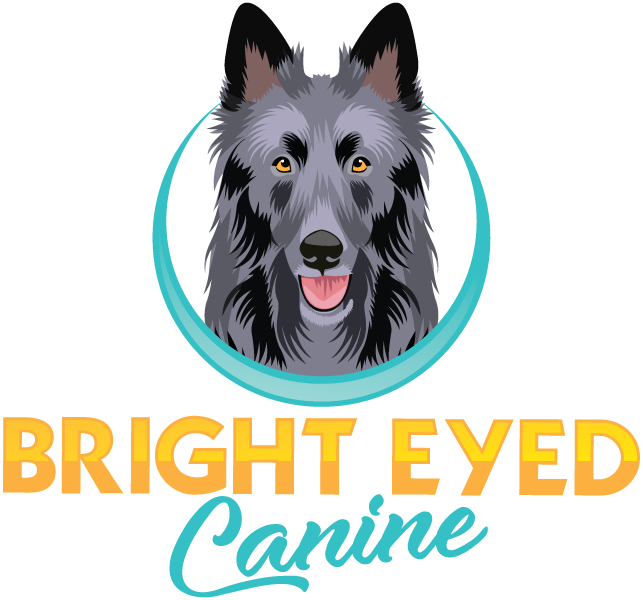Playing Tug: Benefits and Guidelines
Playing Tug: Should we do it?
In old school training methodology, many people held (and still hold) the belief that playing tug with your dog should be avoided. The reasoning behind this was that this activity would teach your dog to be dominant, and thus should be avoided at all costs. Through scientific research and a better understanding of our canine companions, we now know that our dogs are not on a quest to dominate us. Also, there is no evidence linking aggression/dominance issues to playing tug. In fact, there is some evidence suggesting the opposite! Playing tug with your dog properly will not teach your dog to be dominant, or cause unwanted behaviors. It can actually be a wonderful outlet for your dog’s energy, and can be a good way to practice obedience when your dog is excited!
The Benefits of Playing Tug
There are many benefits to playing tug with your dog. Such benefits include:
Tug-of-War is a great outlet for pent up physical and mental energy. If you have a high-energy dog who enjoys tugging on a toy, this game could be a great way to burn off some steam! Especially on bad weather days where you can’t get outside for your normal exercise routine, a light game of tug could be a good option.
Playing tug gives you a great opportunity to practice obedience and impulse control skills while your dog is excited. When properly executed, tug is a great way for your dog to practice listening to cues and keeping their composure even when “amped up”. Once the rules of tug have been implemented your dog will be able to “Drop” on cue, wait in between bouts of play, and re-take the toy on cue.
Tug can help build confidence. If you have a dog who lacks some self confidence, prompting them to engage in a game of tug and them letting them win can help build their self-esteem!
Along with all the aforementioned benefits, tug can also be a great way to reinforce your dog for good behavior! For a dog who loves to play with toys, being rewarded with a round of tug-of-war can be highly motivating! Lots of dog sports enthusiasts enjoy using toy play to reinforce their canine athletes.
How to Play Tug Properly
There are three rules of tug that must be followed when playing with your dog. Remember: don’t correct your dog for breaking these rules! Instead, we reward your dog for what we want and/or end the game for infractions.
THE RULES:
The dog should release the toy when asked to with a cue such as “Drop” or “Out”.
The dog should re-take the toy only on cue (such as “Get it!” or “Bite it!”
The dog should not have a sloppy mouth, meaning the dog should not place teeth on human skin while playing tug.
Click here for more information on the rules of tug.
TEACHING THE RULES
Rule One: Releasing the toy on cue
To begin teaching your dog a release cue start with a lower-value toy and a high-value treat. Entice your dog with the toy, encouraging them to grab it. Once they do, play with them for a brief moment. Cheerfully say “Drop” (or another release cue of your choice). Hold the tasty treat close to your dogs nostril. The moment they drop the toy in exchange for the treat, mark with a click or “yes!” and reward with the treat. Repeat this process until the dog is doing the behavior reliably. If your dog is not dropping the toy for the treat, try lowering the value of the toy or raising the value of the food. For high value food try using hot dogs, cheese, or some other safe food your dog REALLY enjoys.
After repeating that process, you can try giving the release cue without presenting the treat. If your dog is not successful at this, you need to lower the difficulty and go back to using the food.
Click here for more details on teaching a release cue.
Rule Two: Re-taking the toy on cue
To teach this rule, we need to establish a contingency in which the dog has to wait for your cue in order to be able to play with the toy. After the release cue has been established, present the toy. If your dog knows a “wait” cue, you can say this now. If your dog tries to grab the toy, whisk it away. Once you present the toy and your dog hesitates, enthusiastically say your re-take cue such as “Get it!” and allow your dog to grab the toy. Reward them by playing for a few seconds, before giving them the release cue and repeating the process.
Rule Three: Avoiding a sloppy mouth
Teaching this rule is simple: if your dog’s mouth makes contact with your skin (by accident or not), the game is over. Do not correct your dog for making contact. The moment your dog’s mouth misses the toy and gets you instead, say “Too bad” or “Game over” and end the game. You can then revisit playing tug later in the day, or the next day. Eventually your dog will understand that if tooth-on-skin contact is made, the fun ends.
Click here for a video of my dog BamBam demonstrating what putting the Rules of Tug into practice looks like.
More resources:
https://www.clickertraining.com/node/1355
